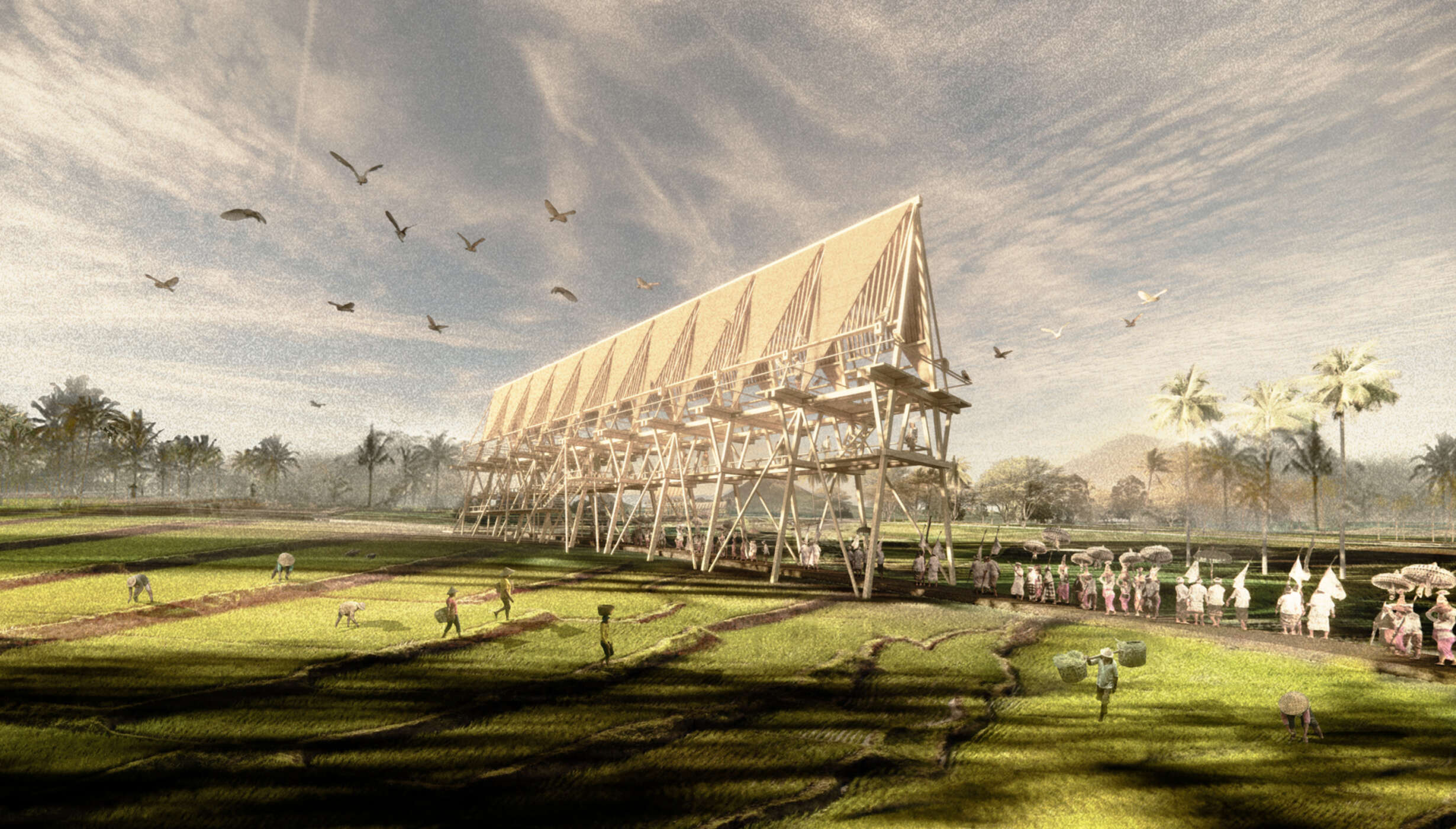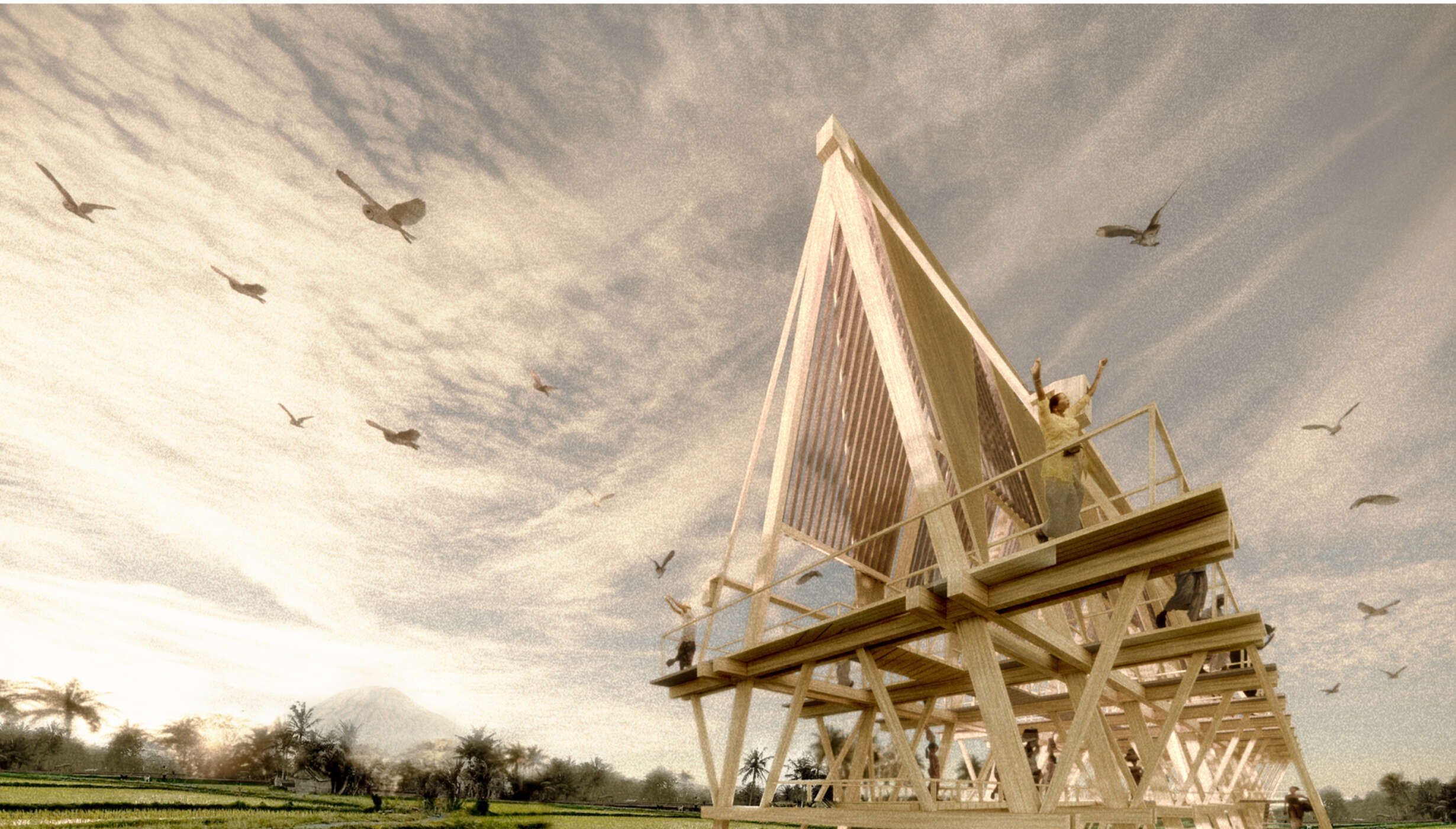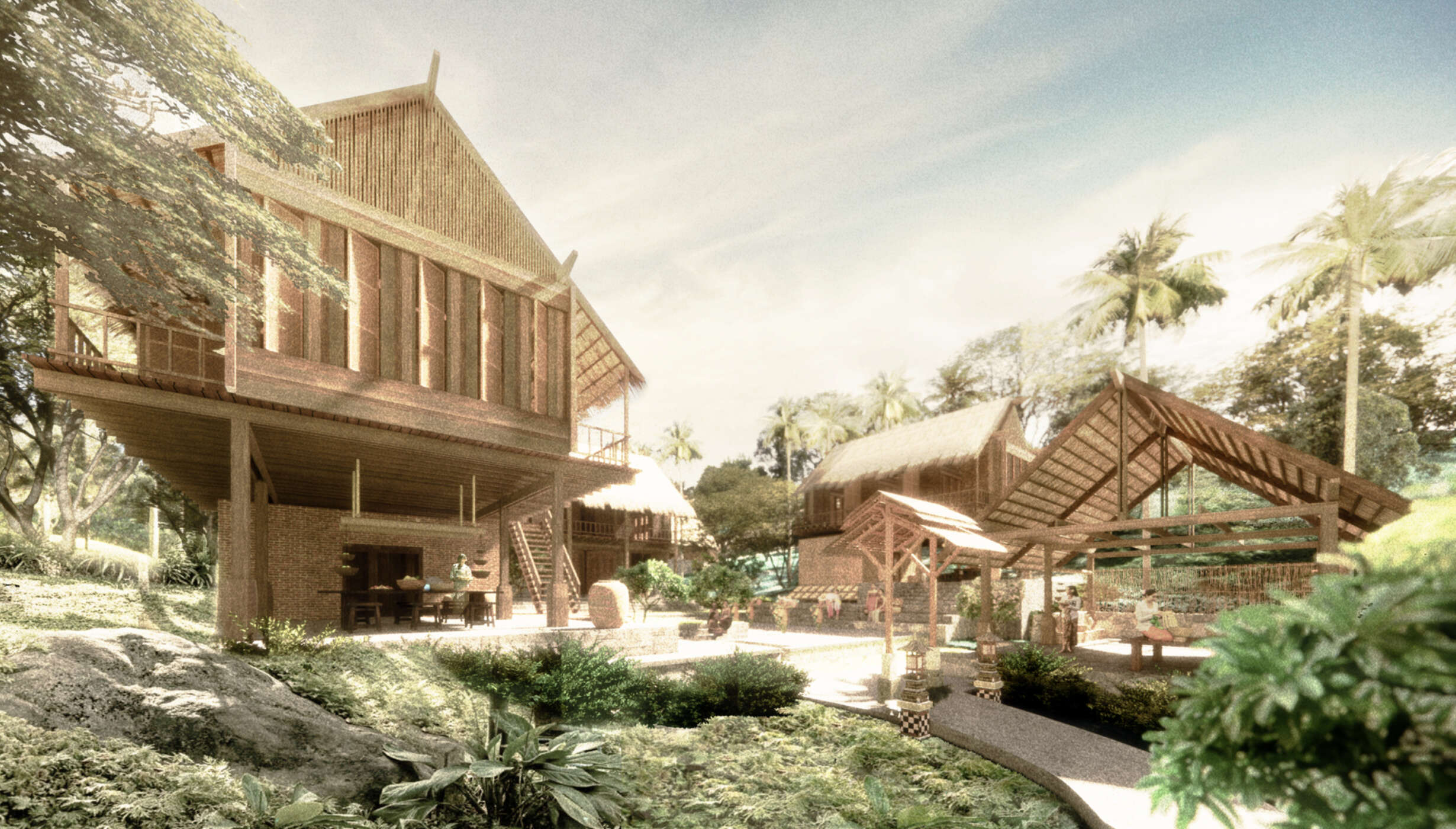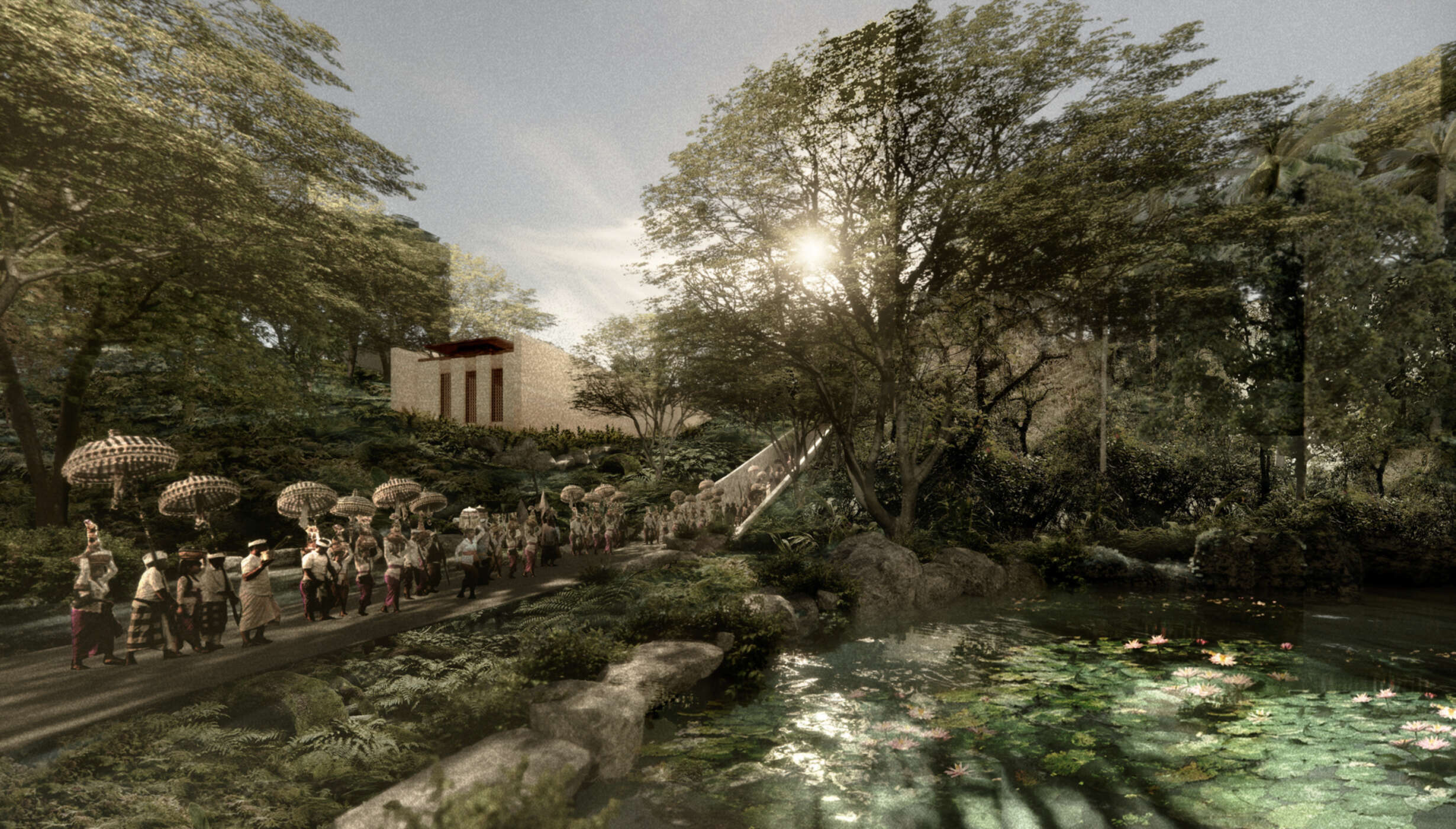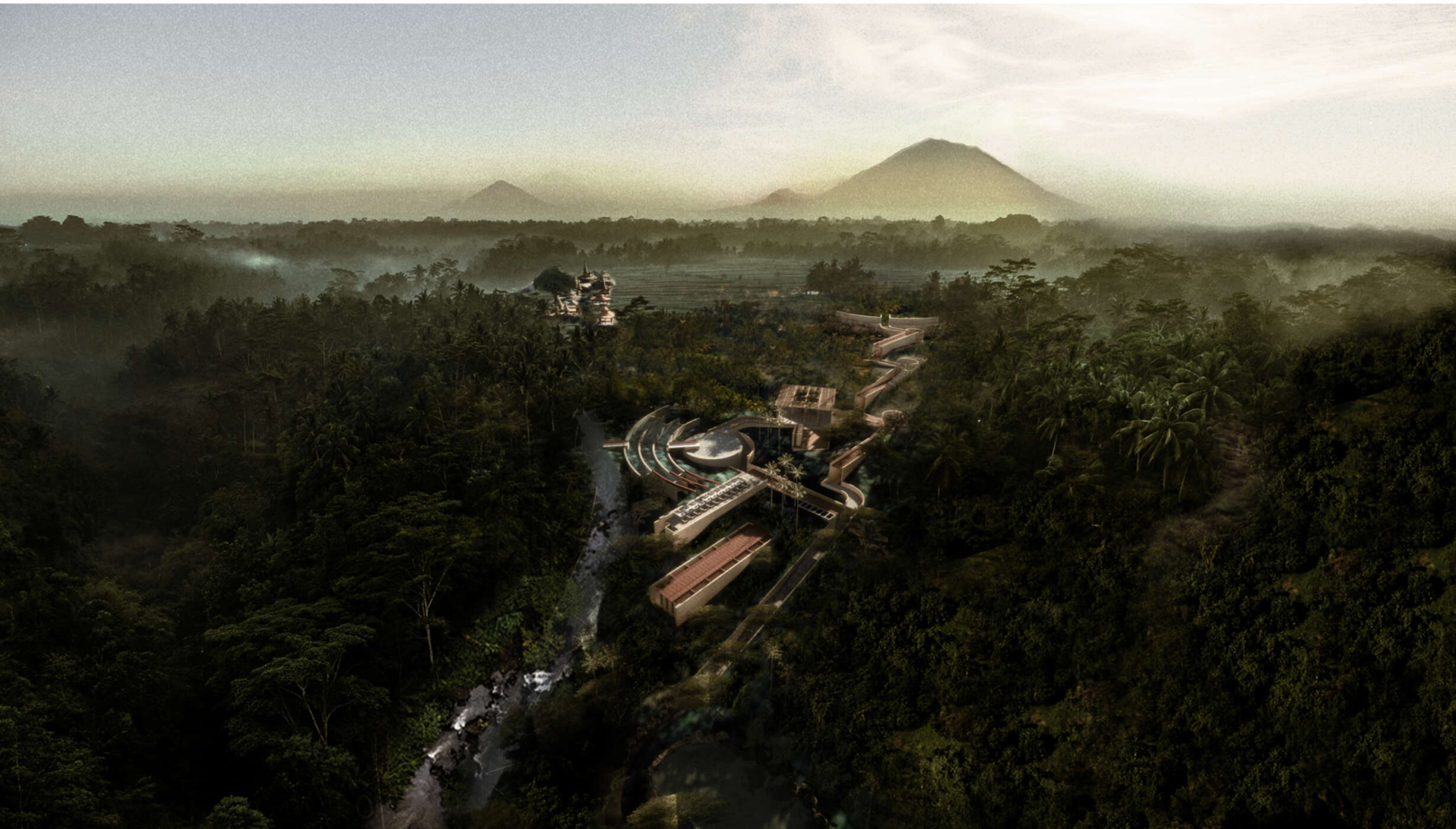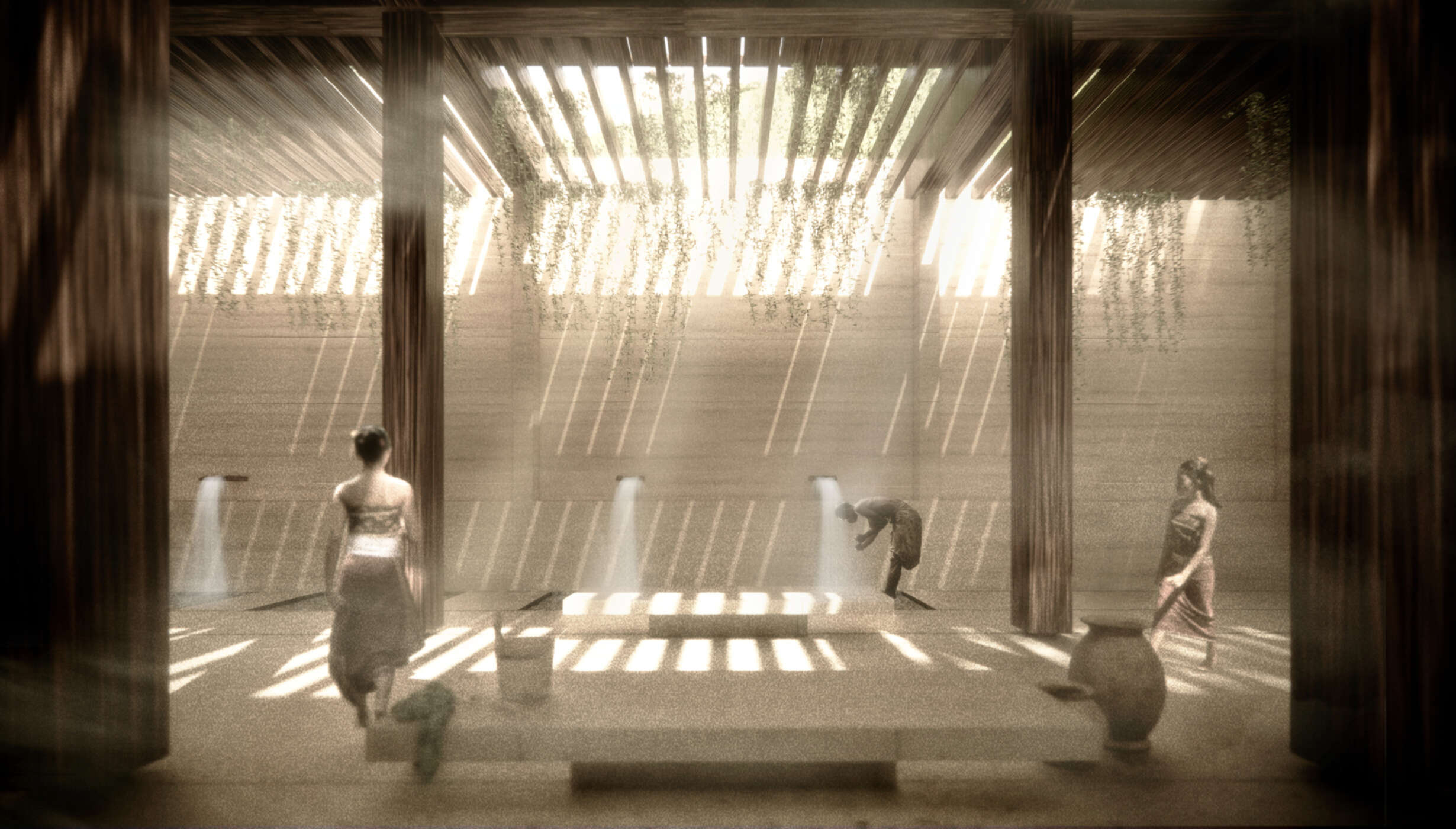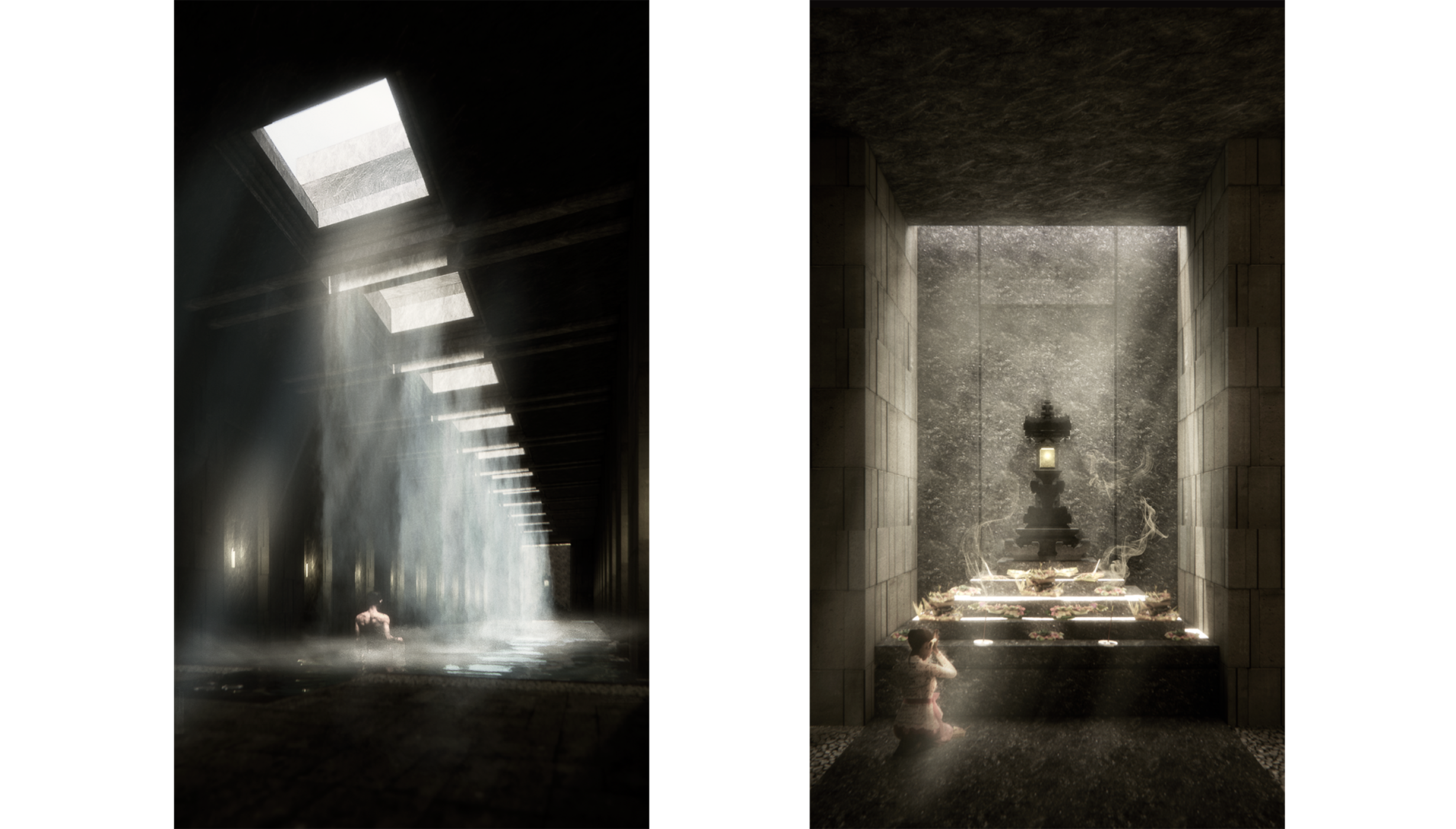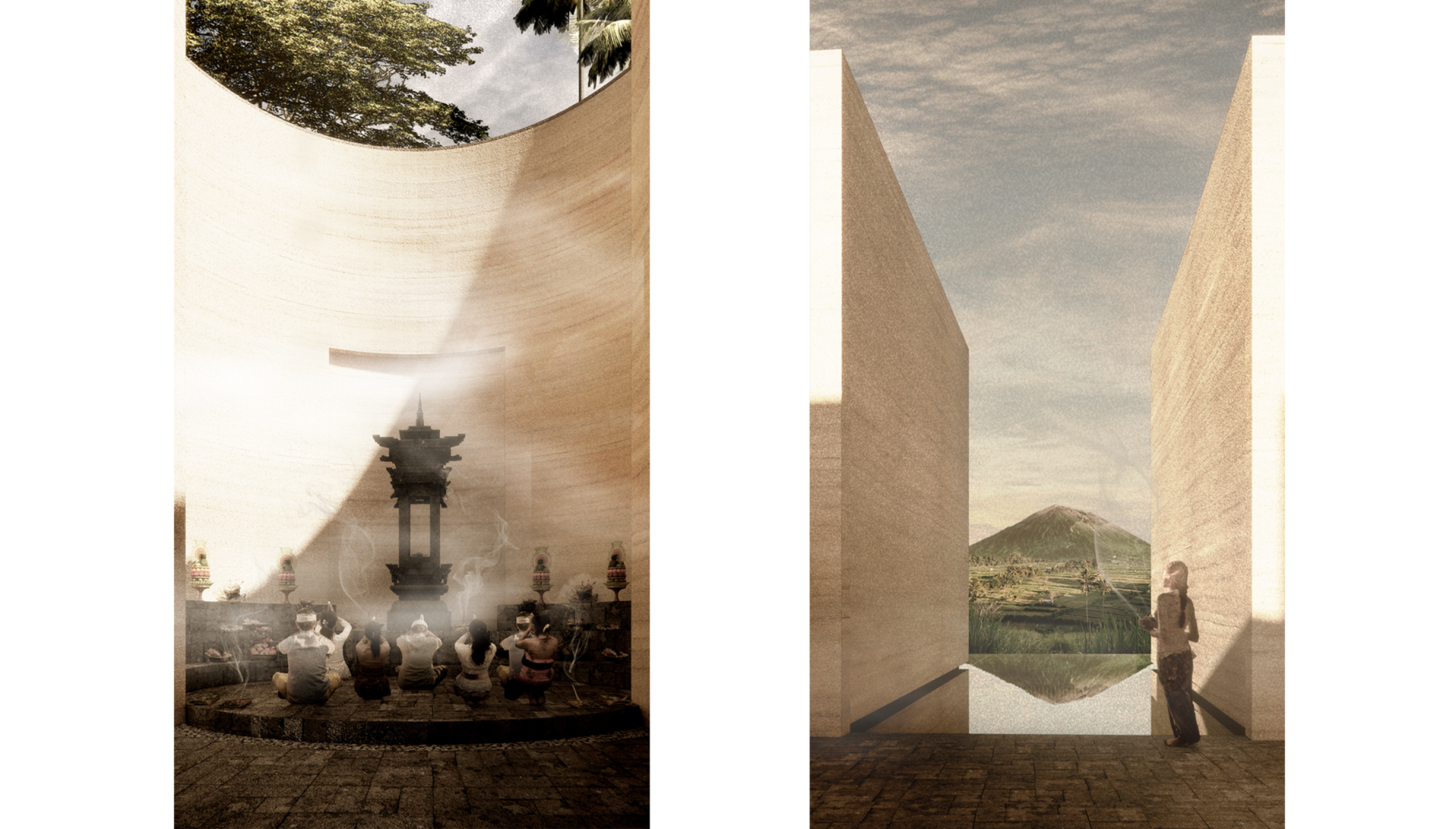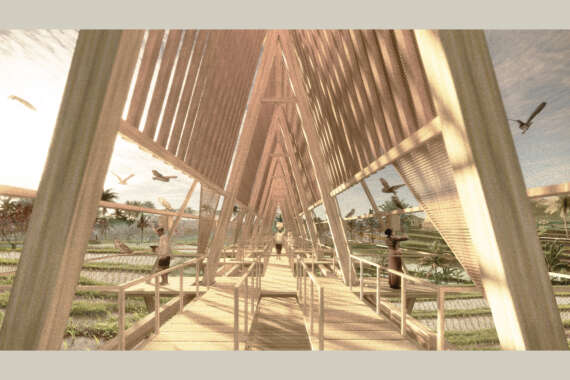The Sacred and The Profane: Restoring Cultural Resilience in Bali
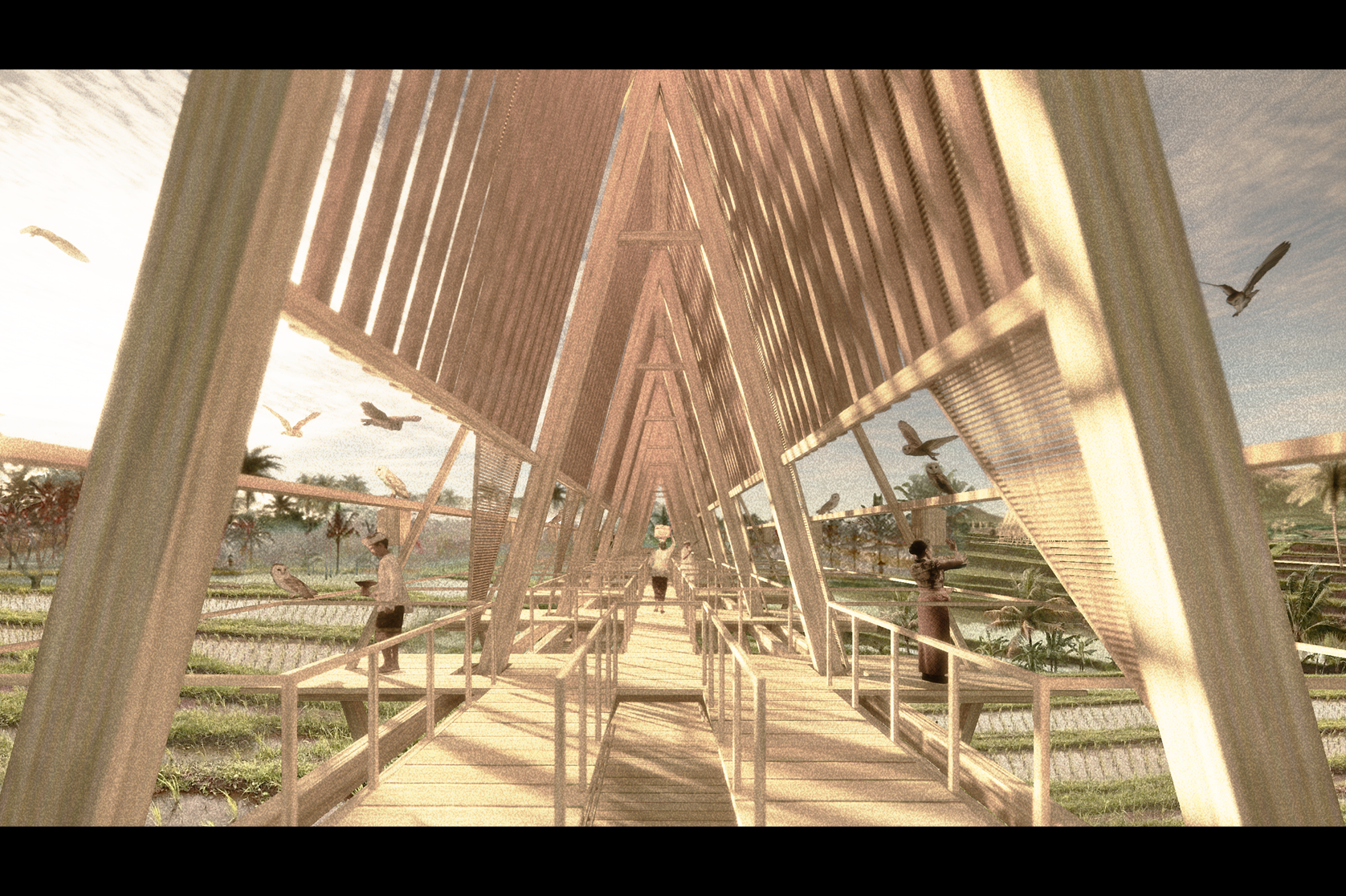
The Indonesian island of Bali has established its position as one of the world’s top tourist destinations. Its popularity started in the 1920s when the Dutch colonised Indonesia and successfully cultivated a tourism strategy that has subsequently shaped Bali’s social construct and physical domain. Tourism has replaced agriculture as the main contributor to the local population’s livelihood. And while there is no precursor for resorts as a building type in Balinese tradition, driven by the economics of modern tourism, resort buildings are reshaping the face of the island. This phenomenon has influenced the current touristic culture within the island and questioned the authenticities of Balinese identity, traditions, and values.







